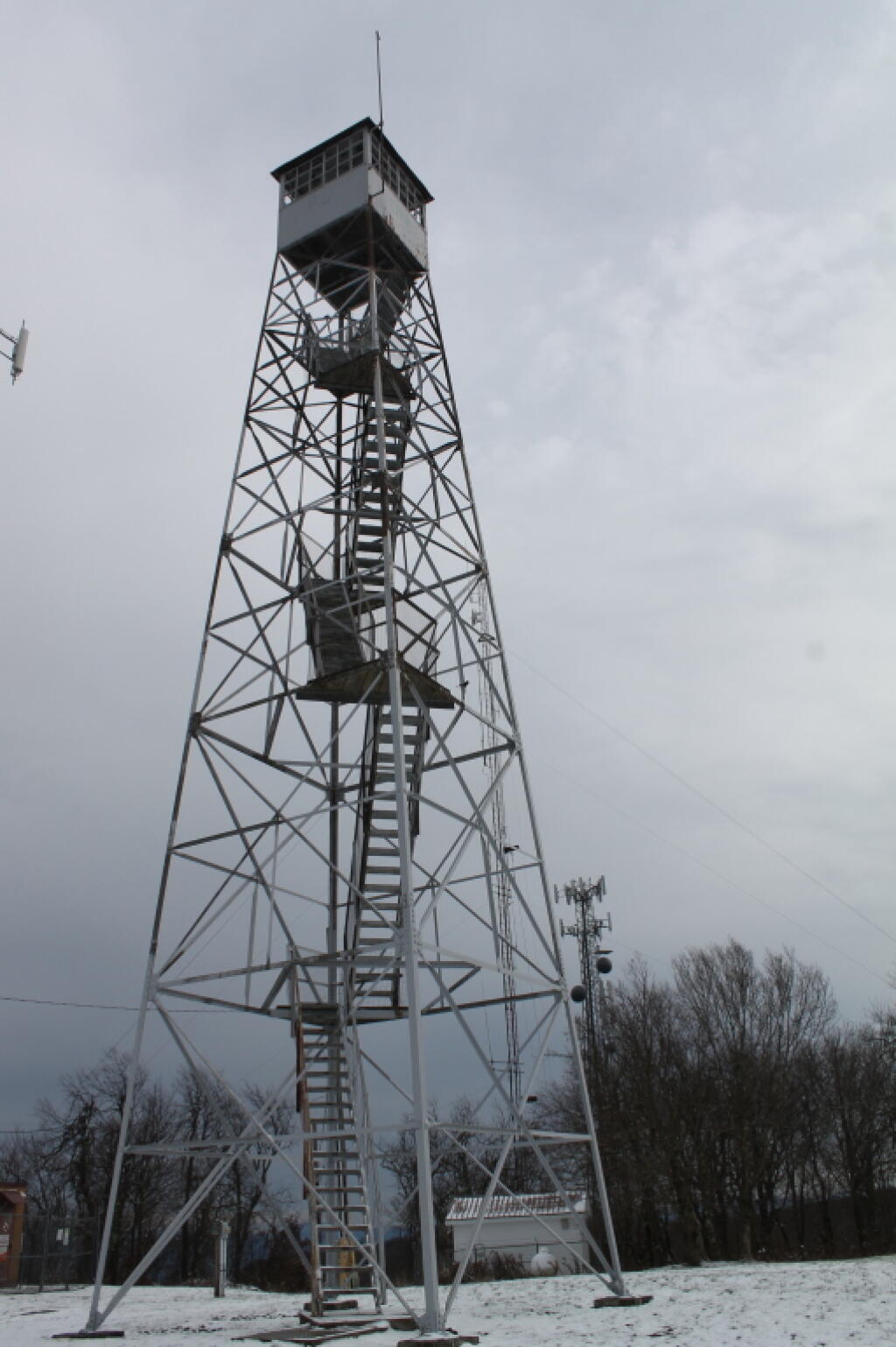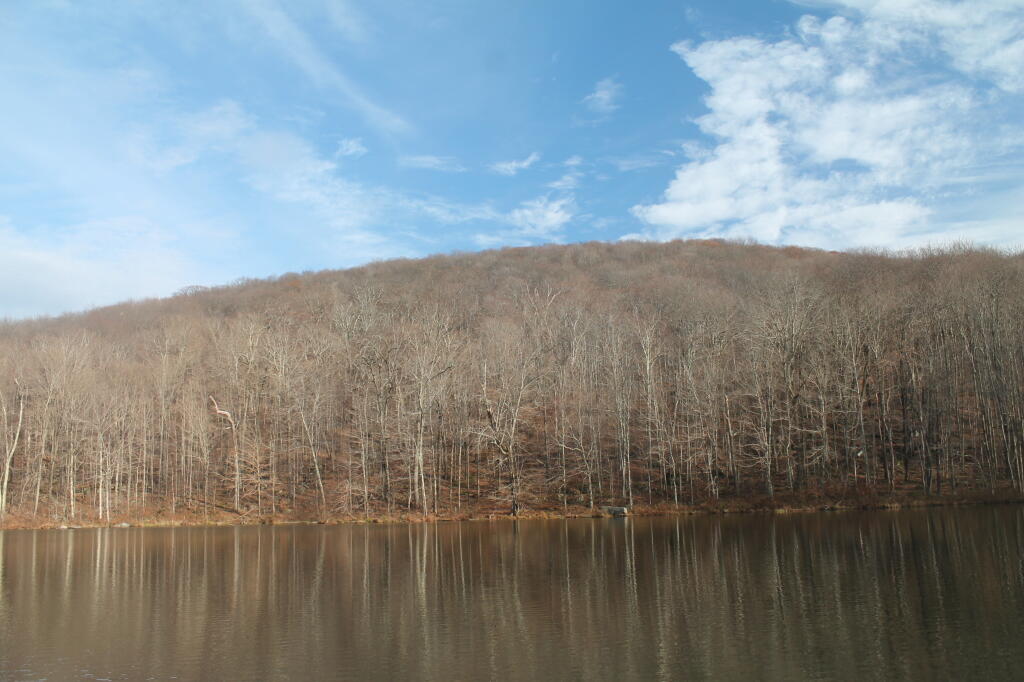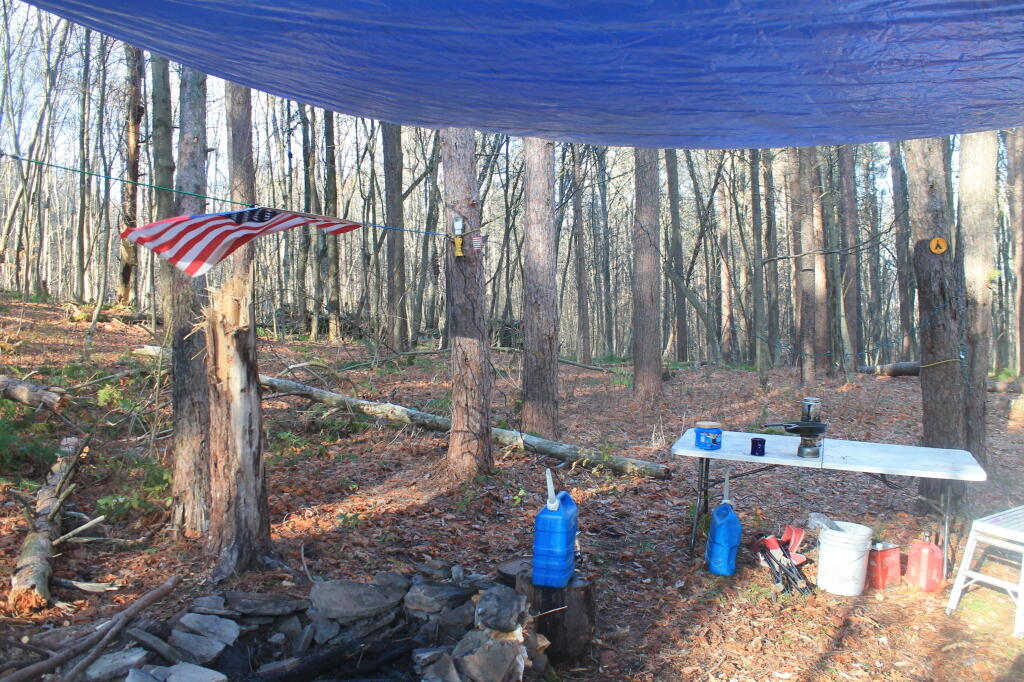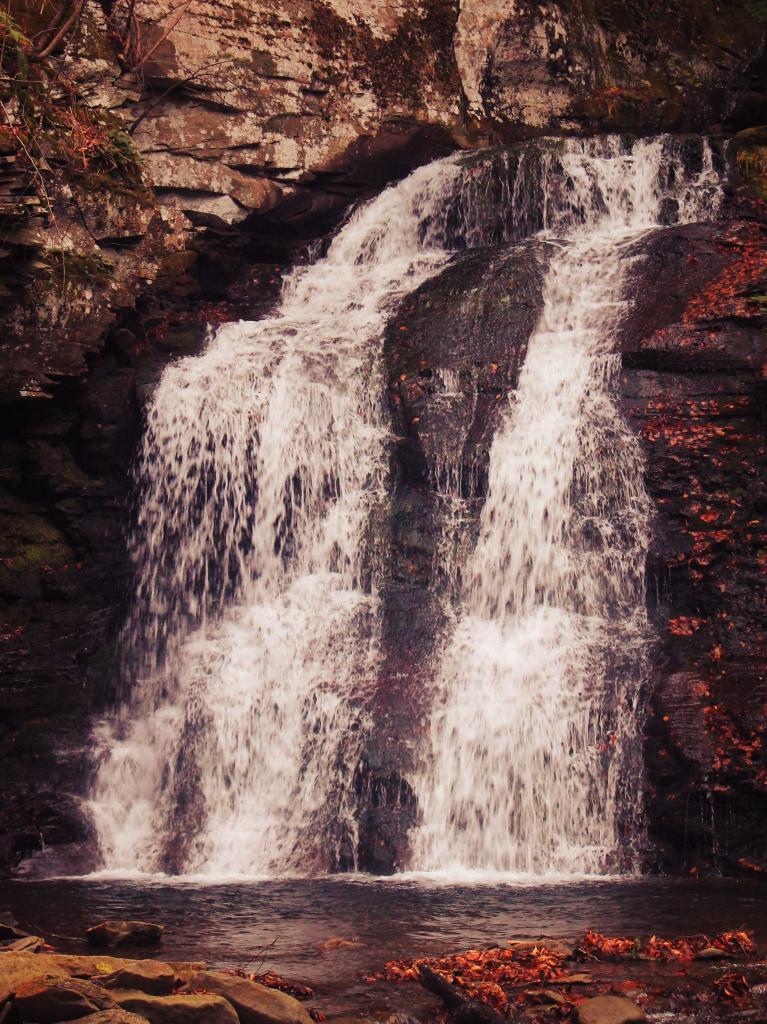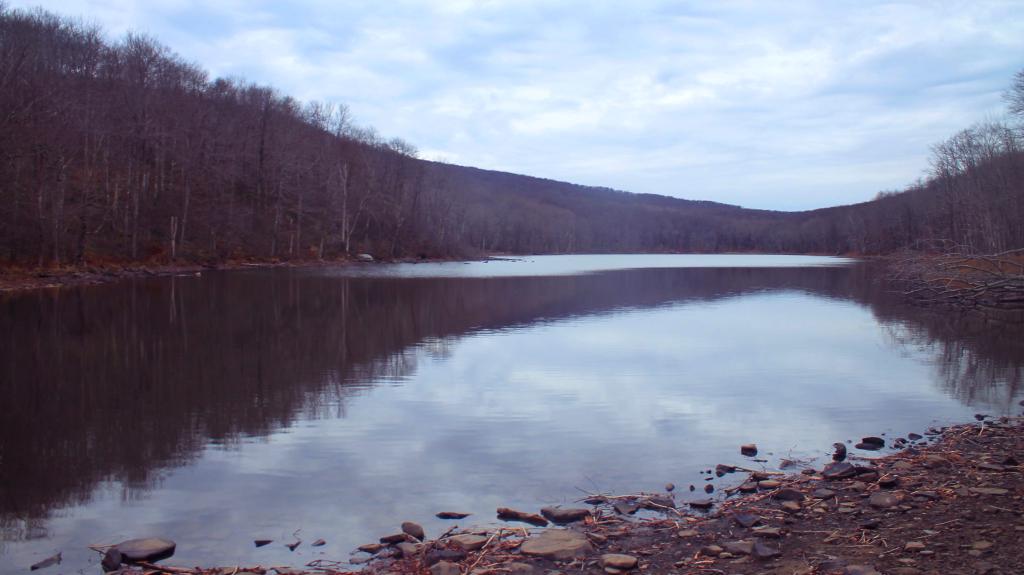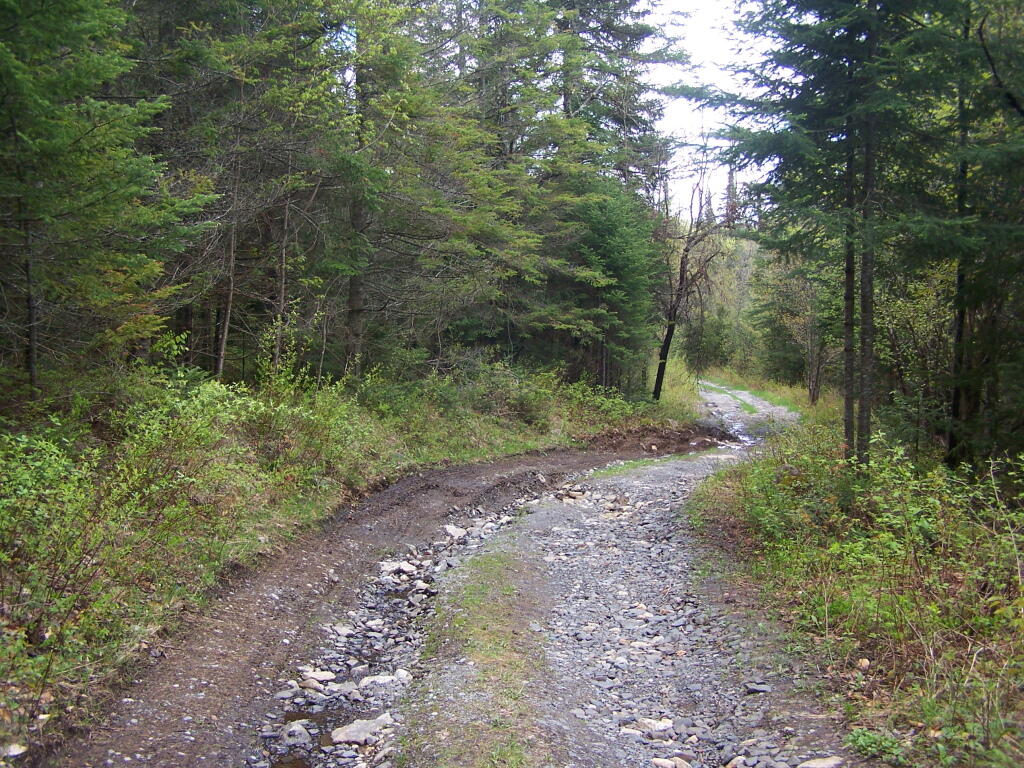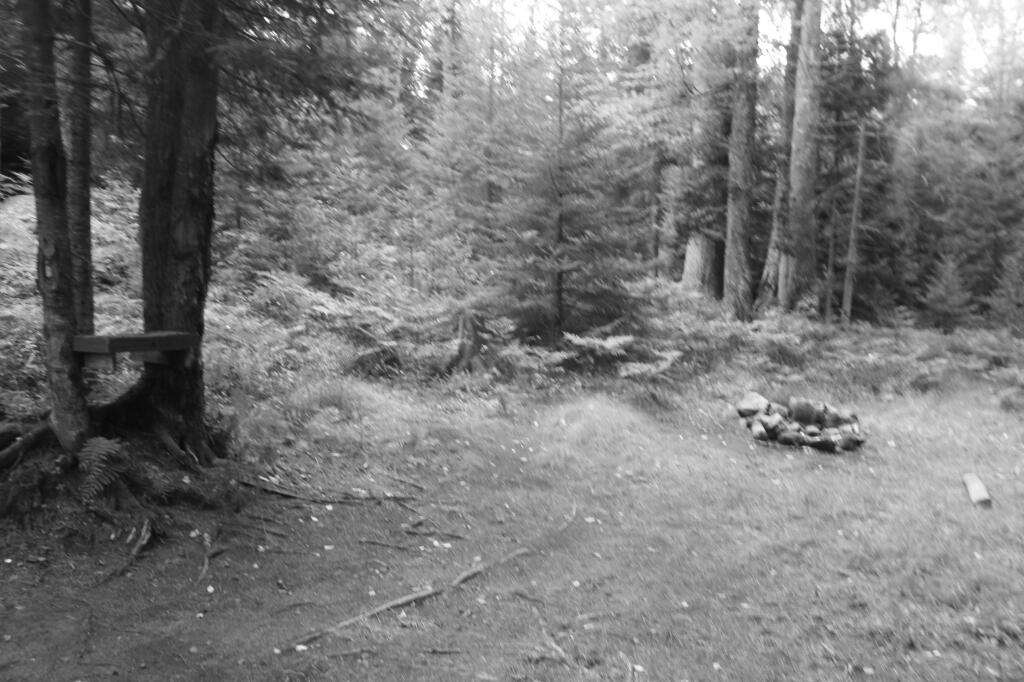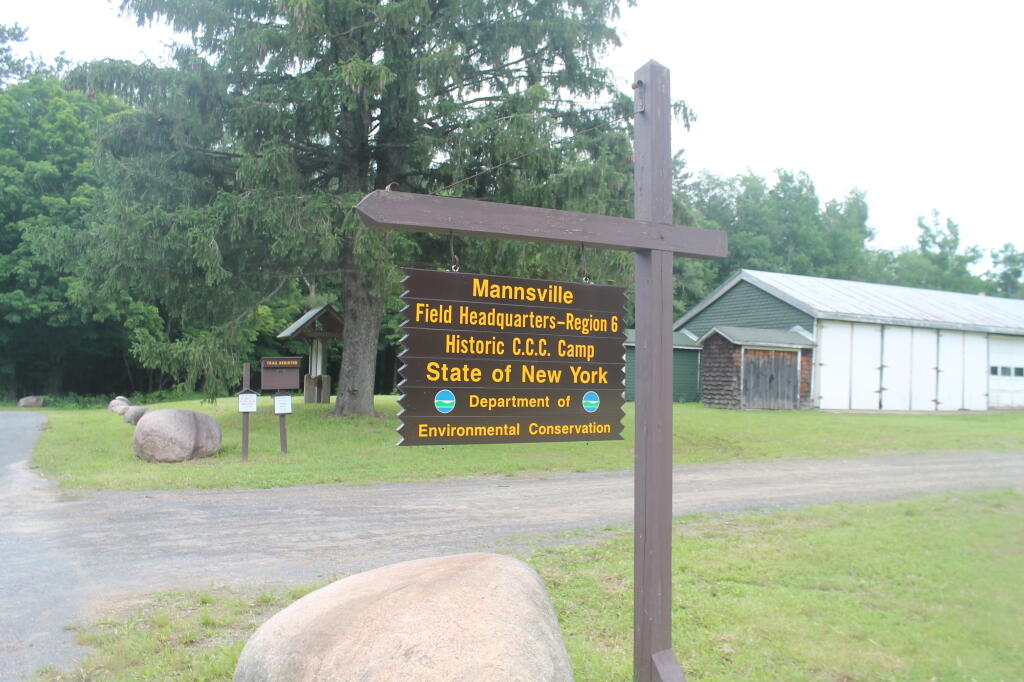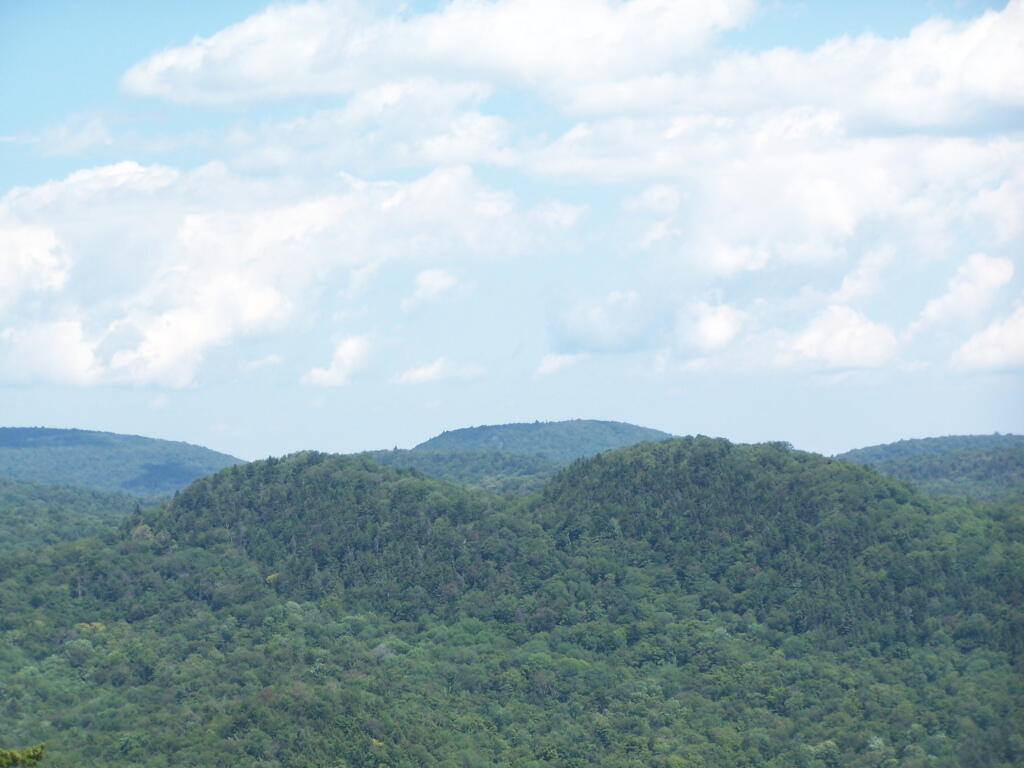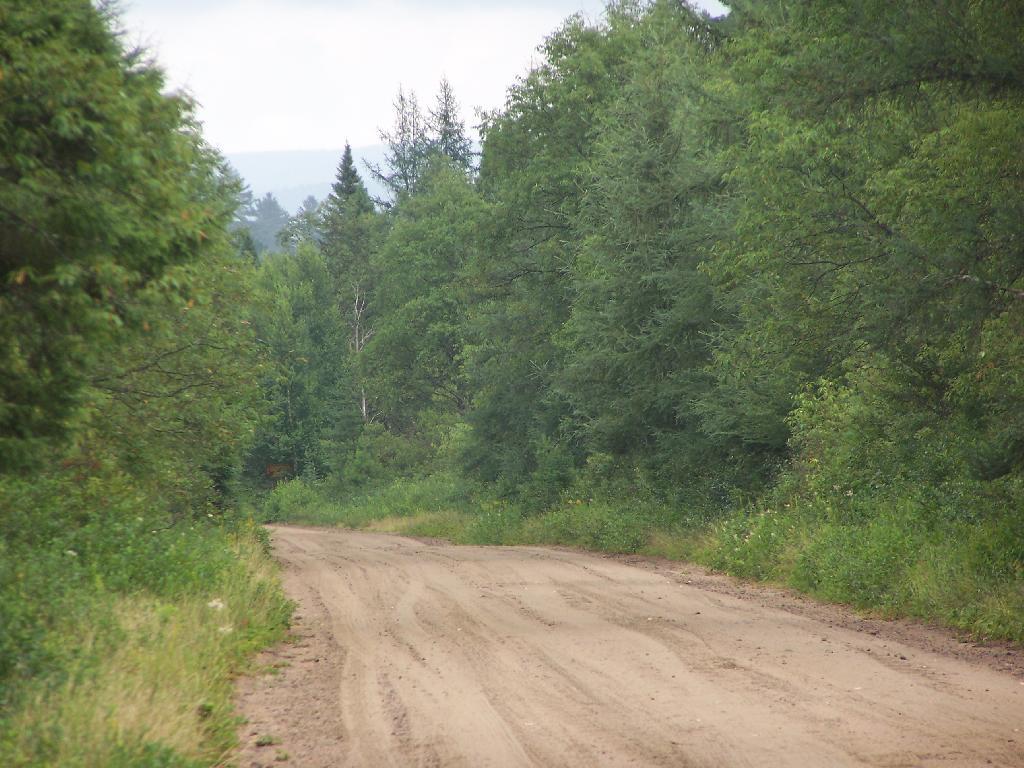Good day but a busy one with all that driving down from County Bridge Campground in Blossburg Penna to Cumberland Maryland, riding bike for 23 miles of the Chesapeake and Ohio Trail along with part of the Great Allegheny Passage then finally heading down to Canaan Heights WV. What a day, and there was still some daylight to set up camp too though
Good evening from West Virginia! Mostly clear and 43 degrees in Canaan Heights, WV. 🌠 Breezy, ️16 mph breeze from the northwest 🌬 .
Got to camp around 6:30 pm in West Virginia, was a bit worried as the first few campsites I drove by where taken and I noticed a new sign on the way in that said camping at Designated Sites Only. ⛺ That said all of the old sites are still in service and have been improved a bit by the forest service and new sites added. It was a cold Sunday night, I had plenty of choices in the other eight or nine unoccupied sites. The nearest campsite to where I am id more than a third of a mile away.
Totally my fault, lol, 😂 I wanted to maximize my time riding bike 🚲 on the Chesapeake and Ohio Trail and the Great Allegheny Passage Trails before heading down to Keyser to get supplies and ultimately head to camp. Didn’t help though that Waze had the wrong address programmed into it for Tractor Supply. 🚜 I wanted to make sure I had a full propane tank for the next six nights as especially tonight I’m working the heater hard to stay warm – too late to find wood for camp, plus I’m dog 🐶 tired. Probably will retire to bed shortly in my truck though honestly I don’t want to sleep too soon as it’s going to be a long night and the sun rises late in West Virginia this time of year. 7:30 am tomorrow.
Tonight will be clear with a low of 27 degrees at 4 am. 🌉 Winds will die down as the night progreses. In 2022, we had partly cloudy skies in the evening, which became mostly clear by the early hours of the morning. It got down to 39 degrees. The record low of 20 occurred back in 1969.
Tonight will have a First Quarter 🌓 Moon with 61% illuminated. At 8 PM, the moon was in the south (181°) at an altitude of 25° from the horizon, some 226,951 miles away from where you are looking up from the earth. 🚀 At the state speed limit of 55 mph, you’ll make it there by April 11th. Buckle up for safety! 💺 The Hunter 🏹 Moon is on Saturday, October 28. The darkest hour is at 12:41 am, followed by dawn at 6:59 am, and sun starting to rise at 7:30 am in the east-southeast (104°) and last for 2 minutes and 59 seconds. Sunrise is one minute and 12 seconds later than yesterday. 🌄 The golden hour ends at 7:56 am with sun in the east-southeast (111°). Tonight will have 13 hours and 12 minutes of darkness, an increase of 2 minutes and 44 seconds over last night.
Tomorrow will be sunny ☀ with a high of 59 degrees at 3pm. Four degrees below normal, which is similar to a typical day around November 1st. Northwest wind 9 to 11 mph. A year ago, we had sunny skies in the morning with some clearing in the afternoon. The high last year was 63 degrees. The record high of 81 was set in 1947. 0.5 inches of snow fell back in 2002.❄
Looks like I picked an excellent week for vacation. ⛺ The director was jokingly giving me a hard time for once again canceling a vacation day and then taking another one off, but it was worth it looking at the forecast. I just kind of wished I had packed more then three or four t-shirts as they may be what I’m wearing with the warm weather. Almost bought a West Virginia t-shirt at Walmart earlier today.
It wasn’t perfect on Saturday though. Day one, the drive down to Pennsylvania was rainy the first part of the trip, ☔ maybe more misty and drizzle not difficult driving, lots of color along many parts of Interstate 88, Warren Anderson’s expressway. 🍂 Some places were past peak but others had excellent color.
Got Cider Doughnuts 🍩 🍏, apple cider and apples at Aunnoto’s in Oneonta. The doughnuts while not quite warm where still very fresh and exceptionally good, especially the first one I had fresh in the parking lot. Maybe it’s because I’m not used to all that sugar and fats in doughnuts but I felt like it had an out of this world taste. 😋 The cider was decent but more tart than I had imagined. Probably the breed of apples pressed. The apples I got where quite good I’ll be enjoying them throughout the trip.
Came much closer to runnung out of gas then I want to admit on the way down to o Binghamton ultimately getting gas in Harpursville. ⛽ Put in over 25 gallons of gas in a truck with a 26 gallons tank. 🤯 Hoping to get gas as close to the Pennsylvania to avoid higher prices with the high Pennsylvania gas tax but it turns out gas was more expensive in the Binghamton area then the Northern Tier of Pennsylvania. $4 a gallon gas, added $100 to the vacation bill. The good news is filling up there I avoided getting gas until I reach the Mason Dixon line, actually south of Cumberland for $3.35 a gallon. ☺ Vacation costs money 💵 and my vacation is quite frugal so I shouldn’t bitch about gas prices too much.
The County Bridge Campground is still only $10 a night through New Years Eve 💰💸 when the PA DNCR is doing away with self registration honor pay in favor of online reservations with the out of state fee, reservation fee and whatever the rustic campground fee works out to be. Not such a great deal then for one night but whatever it’s not like I stay there much. Still ten dollars a night is a steal these days with inflation, especially as that’s what it cost I believe back in 2010. Obviously subsidized by all those fracking leases, though the fracking money is drying up for the commonwealth now.
In four weeks on November 19 the sun will be setting in the west-southwest (244°) at 4:31 pm (Standard Time),🌄 which is one hour, 32 minutes and 59 seconds earlier then tonight. In 2022 on that day, we had mostly sunny and temperatures between 39 and 21 degrees. Typically, you have temperatures between 48 and 31 degrees. The record high of 71 degrees was set back in 1921.
Looking ahead, 7:15 AM Sunrise ⌛️ is in 7 weeks, Days are Getting Longer ☀️ is in 2 months and Christmas Eve 🎅 is in 9 weeks.
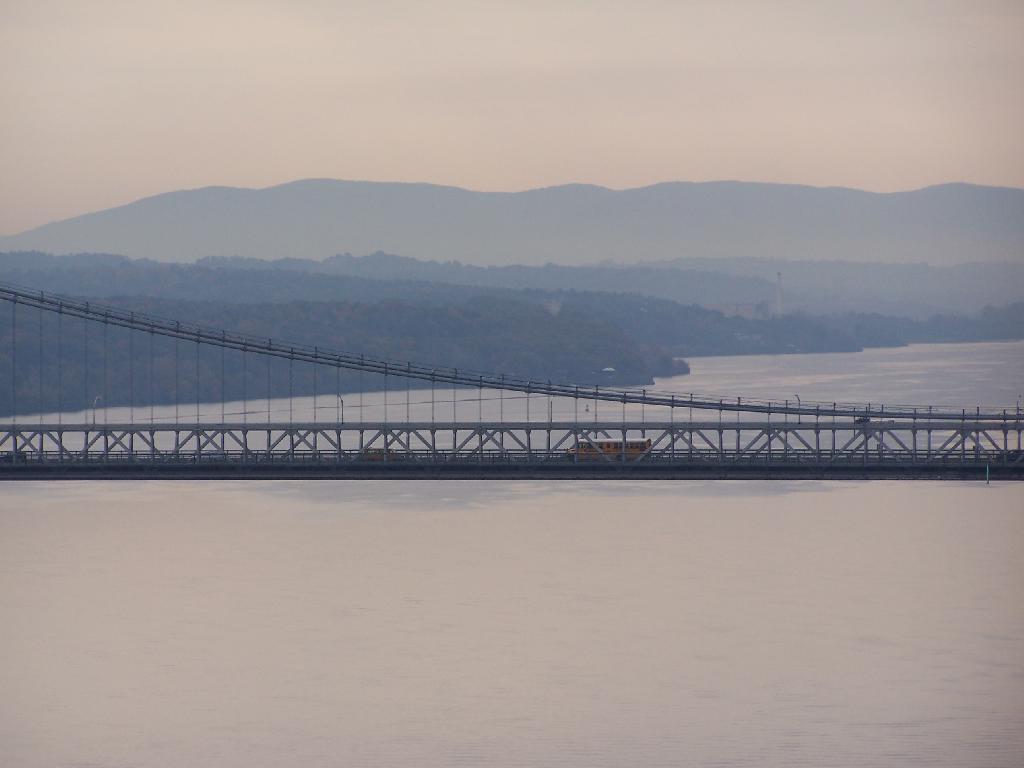


 Bicycle Trails and “Blackie” My Mountain Bike
Bicycle Trails and “Blackie” My Mountain Bike 


 R Statistical Programming
R Statistical Programming 


 Python and Pandas
Python and Pandas 


 Politics
Politics 

 The Earth
The Earth 


 Saving Money
Saving Money 


 Mission Fifty & Being Healthier
Mission Fifty & Being Healthier 


 / Enjoying Life
/ Enjoying Life 



